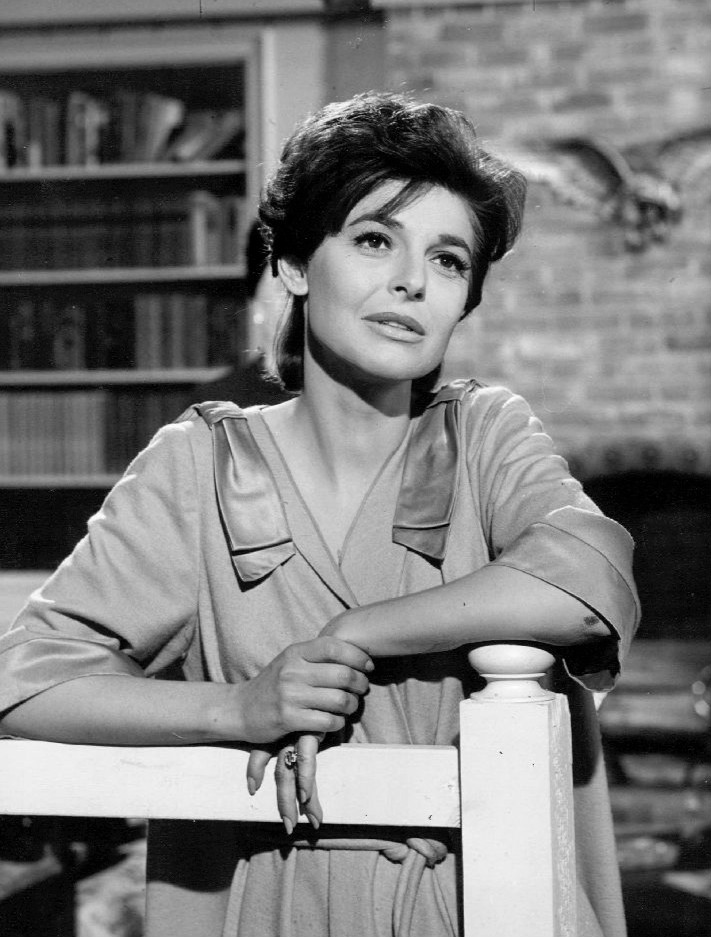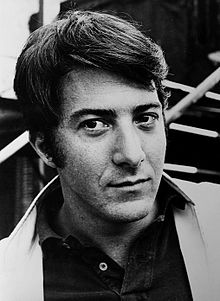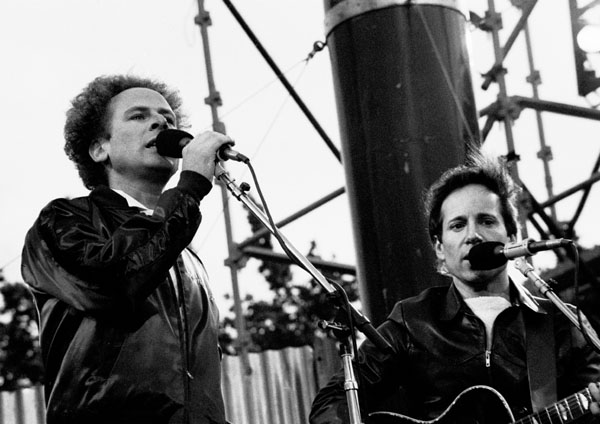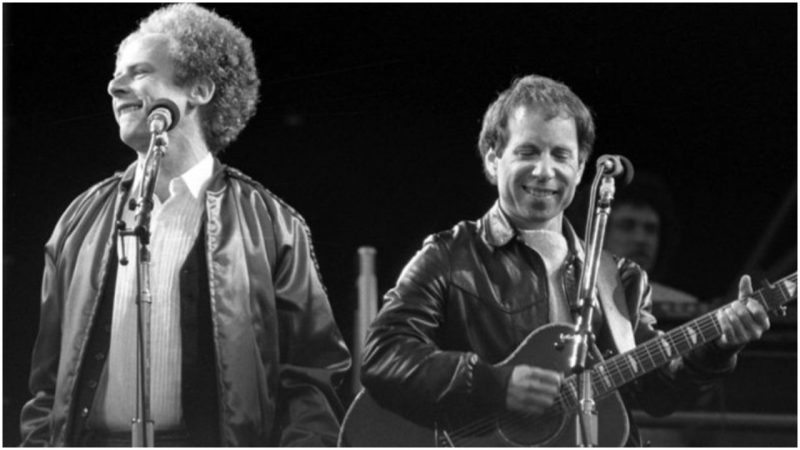Although it’s been five decades since Mike Nichols’ The Graduate hit theatres in the United States, its reputation as a masterpiece and one of the most beloved American films of all times has only grown over the years, earning more new fans who love the fact that the iconic movie has become a global cultural phenomenon.
When Charles Webb decided to sell the rights to his 1963 novel to producer Lawrence Turman for just $1,000 (around $7,500 in today’s money) the last thing that probably came to his mind was that the movie based on his novel would set a new era of film-making and would go on to become a Hollywood classic.
The Graduate was nominated for seven Oscars at the 40th Academy Awards, with Mike Nichols winning the Academy Award for Best Director. It marks the screen debut of Dustin Hoffman, who portrays Benjamin Braddock, a bright college graduate, uncertain of his future who has a tangled affair with Mrs. Robinson (Anne Bancroft), the wife of his father’s business partner, and then proceeds to fall in love with her daughter Elaine, portrayed by Katharine Ross.

There are probably two things that define this movie: Hoffman’s unforgettable portrayal of Braddock, and the songs by Simon and Garfunkel which boost the film’s atmosphere.
Apart from being one of the most influential movies ever filmed, The Graduate also features one of the most iconic soundtracks in the history of Hollywood, which set new standards for the use of music in movies and has become a bestselling album. But, none of this would’ve happened if director Nichols failed to convince Simon & Garfunkel to agree to do the soundtrack.
The director was a big fan of Simon & Garfunkel’s music but he never expected that they would agree to do his film’s soundtrack. Anyway, he somehow managed to convince them to allow the use of a few songs for the film. These songs later proved to be an integral part of the storytelling process and on the plus side, they brought the music of Simon & Garfunkel to a wider audience.

Nichols used three existing Simon & Garfunkel songs: The Sound of Silence, Scarborough Fair/Canticle and April Come She Will. However, he needed another one and asked Paul Simon to contribute a new song for the soundtrack. Simon told him that they were busy touring and that he only had “a song about times past — about Mrs. Roosevelt and Joe DiMaggio and stuff,” but also informed him that it wasn’t yet finished.
The song was originally titled Mrs. Roosevelt and had absolutely nothing to do with the plot of the movie. It was a tribute to Eleanor Roosevelt and it described another more innocent era. All that director Nichols knew at the moment was that he desperately needed an additional song for his movie and didn’t mind the fact that it wasn’t compatible with the plot at all. Upon realizing that the title sounded similar and had the same number of syllables as “Mrs. Robinson,” he asked Simon to change the title and that is how the song Mrs. Robinson was born.

Little did Simon & Garfunkel know that Mrs. Robinson would go on to become a smash hit and the first rock song to win the Grammy Award for Record of the Year. Soon, with the help of The Graduate, it became a global hit, and up to this day, it continues being one of the greatest songs ever recorded.
However, it would seem that their relationship with the director ultimately contributed to the end of the Simon & Garfunkel partnership. The Rolling Stone magazine wrote that “Nichols became close friends with the duo and cast them both in his 1970 movie Catch-22, though he cut Paul’s part shortly before filming. Art remained in the picture, refusing to drop out just because Paul lost the job. This didn’t sit well with Simon, and both parties now claim the ensuing fight was a key factor in their split.”
